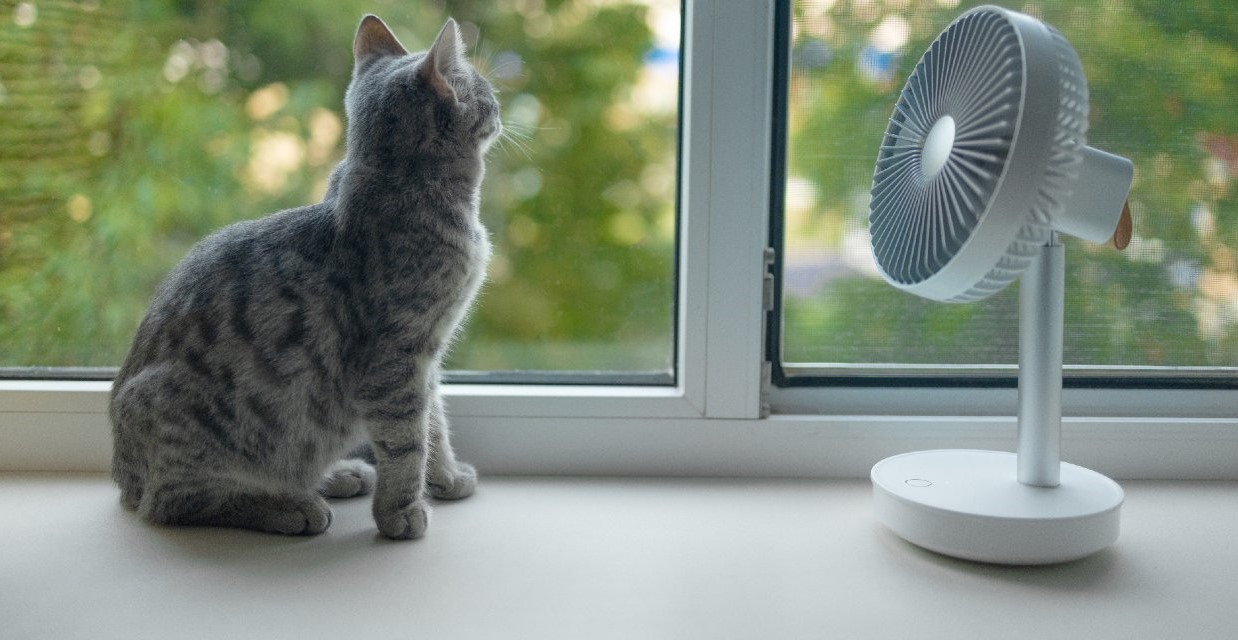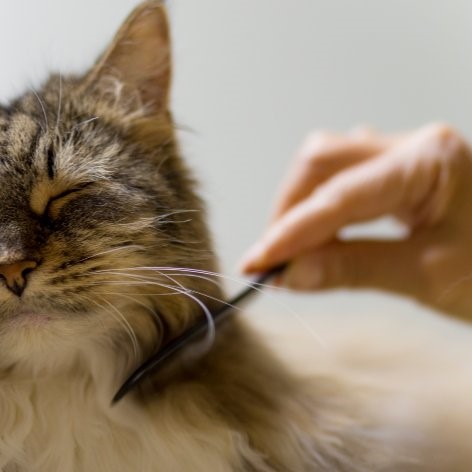Cats are known for playing it cool – even while they’re cuddling next to you on the sofa. But, during the hot summer months, make sure to keep your kitty extra cool and comfy to prevent heatstroke.
Heatstroke in a cat is the significant increase in body temperature above 41°C.
This dangerous condition can result in severe disease or even end in multi-organ failure. Unfortunately, just a few minutes of being left unattended in the wrong conditions can lead to this disorder.
What makes my cat more susceptible to heatstroke?
All cats are susceptible to heatstroke; however, extra care should be taken if your cat is overweight or obese, has a heart, breathing or neurological disease, has thick or long hair, or is very young or very old. Flat faced (brachycephalic) breeds like Persian, Himalayan, Exotic Shorthair etc., often suffer from serious obstructive breathing problems which also significantly decrease their ability to lose heat, making them extra susceptible to heatstroke.
How to keep your Cat Cool during the Hot Summer
Never, ever, leave your cat – or any pet, for that matter – unattended in a hot car. Cars can be death traps, as temperatures in cars can rise to over 60 degrees in only minutes.
Do not leave your cat by himself in a cage when using a dryer after bathing.
Keep your cat indoors and run the air conditioning or use a fan to keep your home cool on those really hot humid days. Allow your cat to be sedentary and refrain from energetic games in the heat of the day. If you have an adventurous cat that spends a lot of time outdoors, make sure he has plenty of shelter from the sun and heat.
Always make sure your kitty has adequate fresh drinking water.
Provide multiple drinking bowls throughout the house and/or outside.
Matted fur traps heat, keep your cat well-groomed, by clipping long or matted hair. This is especially important for long-haired breeds.
Signs of heat-stress to keep a cat’s eye on:
- Panting and respiratory distress
- Excessive drooling
- High fever
- Red gums
- Rapid heart rate
- A staring or anxious expression
- Vomiting
- Diarrhoea
- Seizures
What if I suspect heatstroke in my cat?
If your kitty is showing signs of heatstroke, it is best to get him to your vet as soon as possible. Try to reduce his temperature first by immersing or spraying him with cool water. Thereafter, you can place pre-soaked towels around him. If it is a hot and humid day, turn the air conditioner on or drive with rolled down windows.
With a little bit of care, you and your kitty can have the coolest summer ever.





